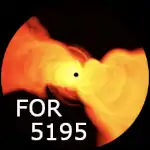The annual assembly 2025 took place as a three-day meeting on 12 – 14 March in Würzburg.
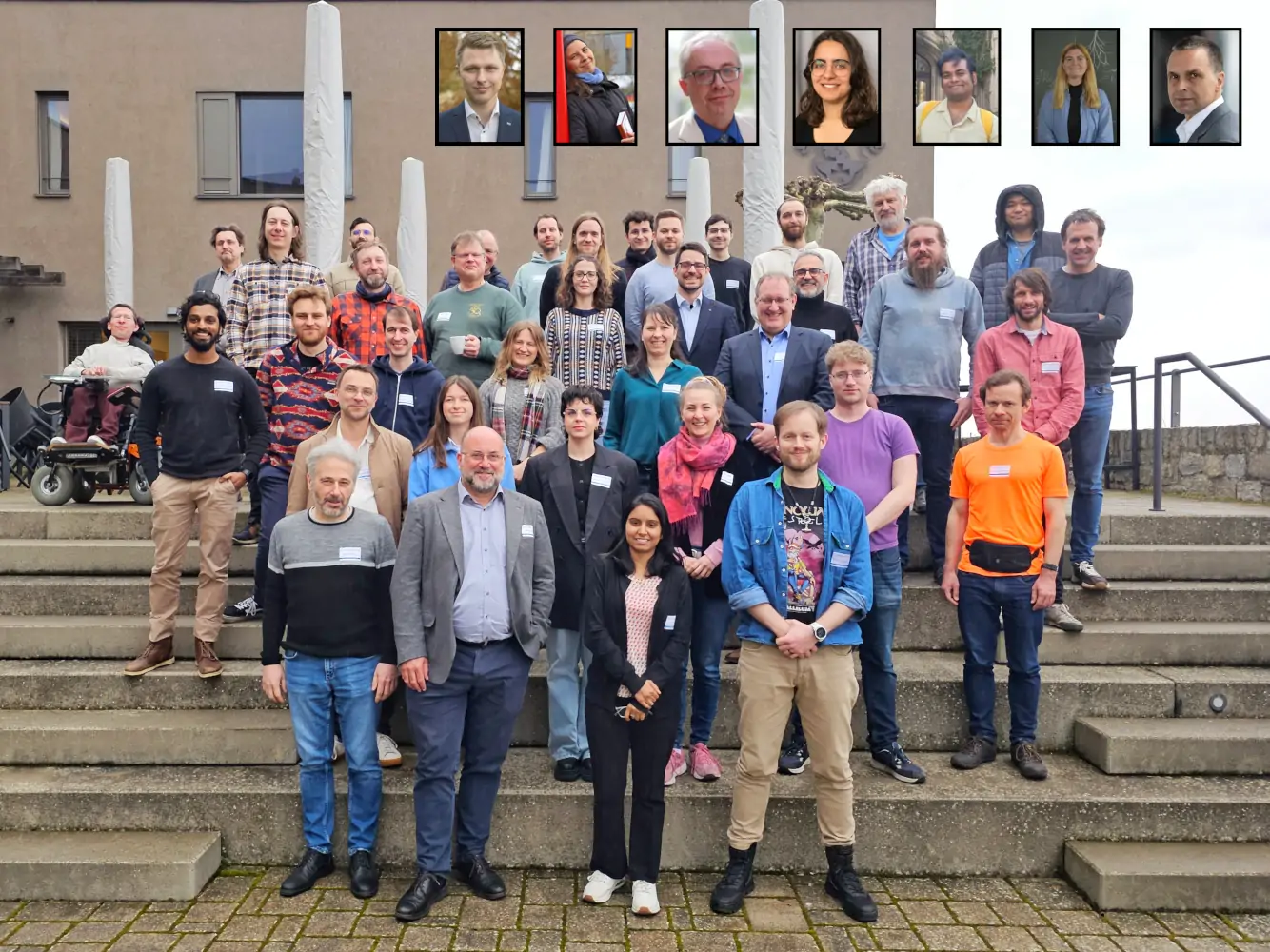
The meeting was the annual gathering of all members and associated researchers of our research unit as well as of selected experts external to the research unit. Participants had the opportunity to present their research topics, their numerical, computational or analytical techniques, their barriers and obstacles to progress, current difficulties and immediate problems as well as their near-future goals. There was also ample space to discuss conceptual models, recent findings up to now, as well as to plan future starting points of research. We gained insight about different approaches, about solution finding and we planned future collaborations and potential synergies and enriched our colleagues’ work with fruitful hints.
To empower scientists belonging to under-represented groups of the society and to advance towards equality in academia, a workshop on equality, diversity and inclusion took place during sessions spread over the annual assembly. The workshop was conceived and delivered by Prof. Tomas Brage from Lunds Universitet. This in-depth workshop took place both in plenum rounds, in interactive sessions as well as in smaller, relaxed rounds.
For additional information and for the schedule, open this page with more detailed instructions.

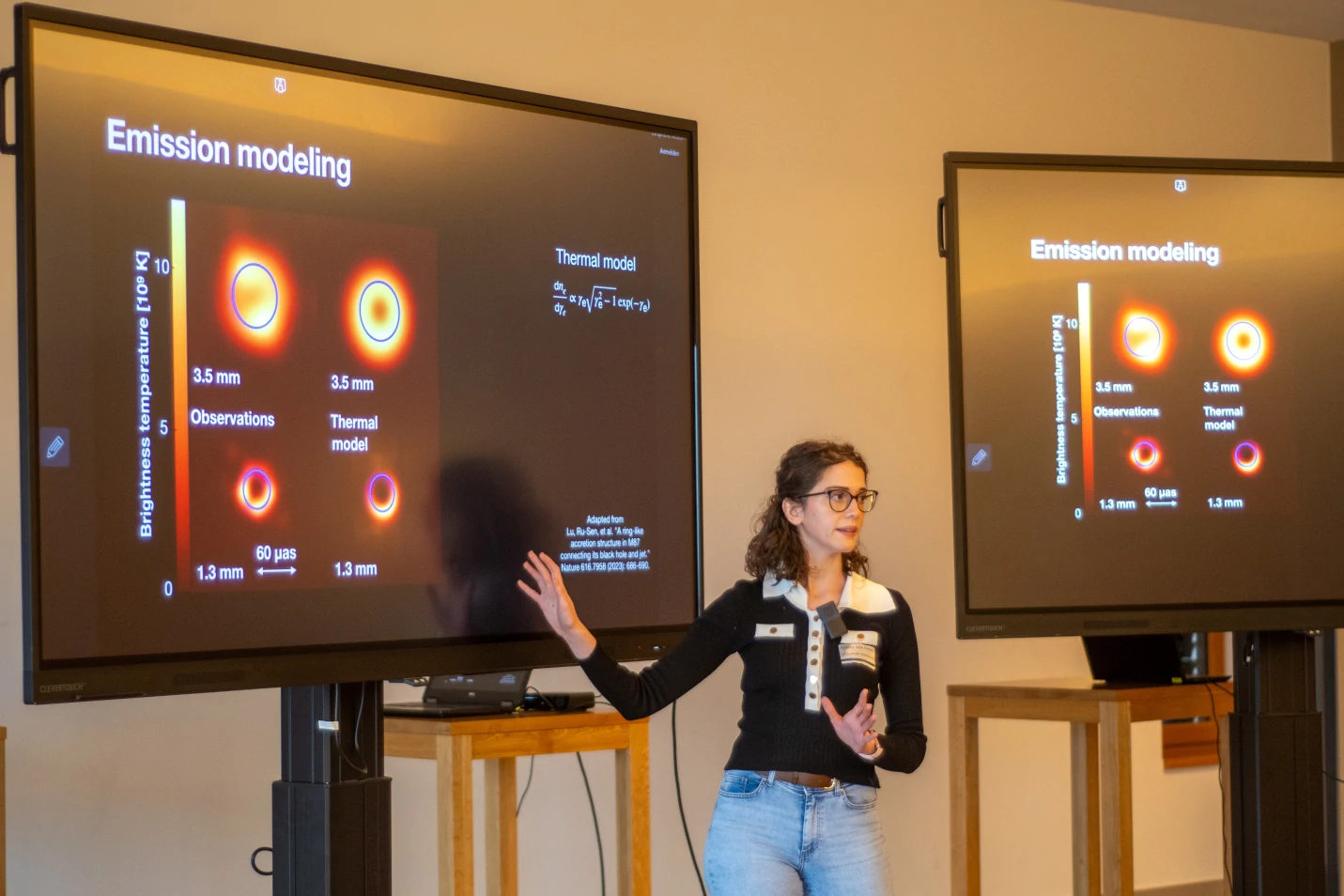
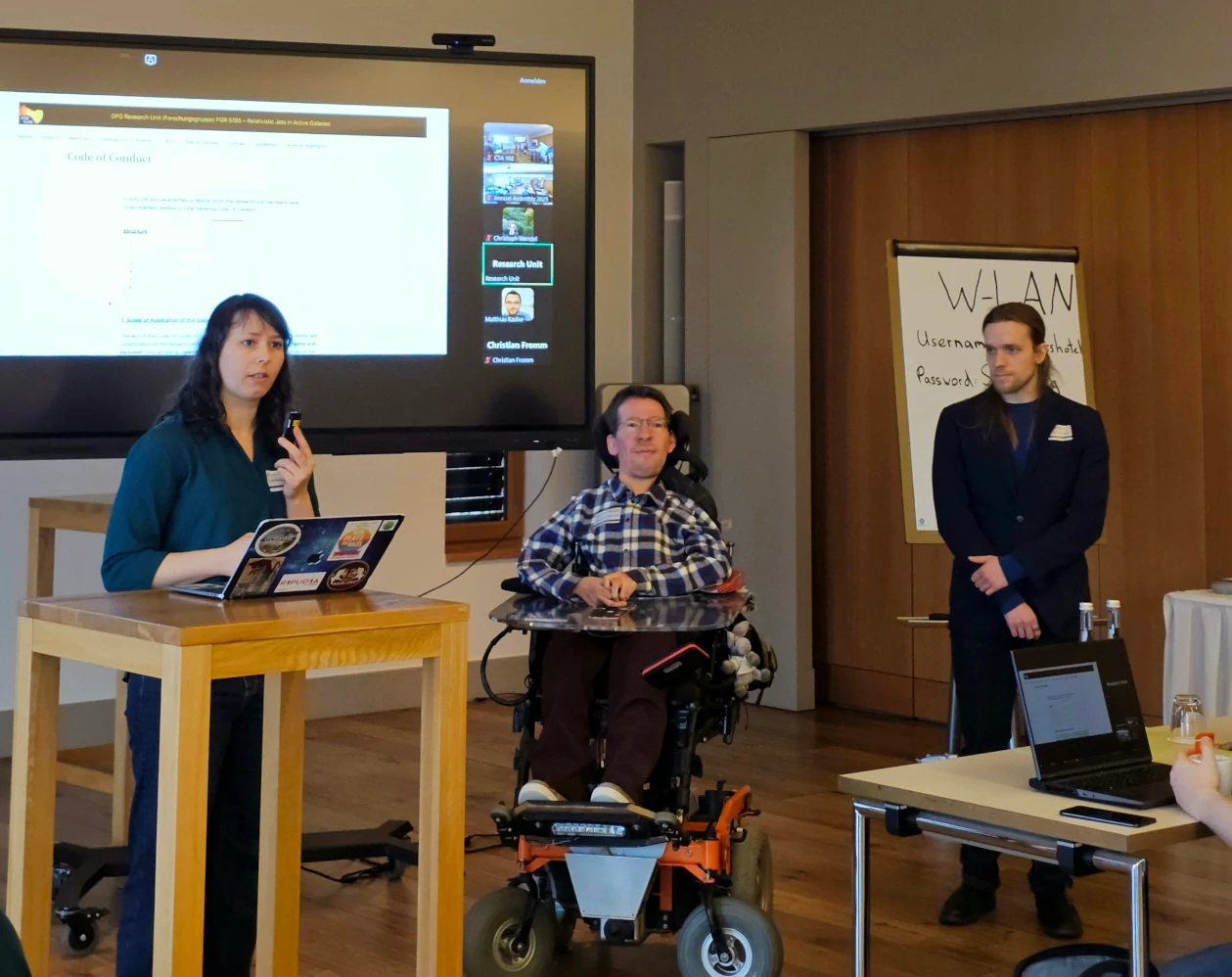
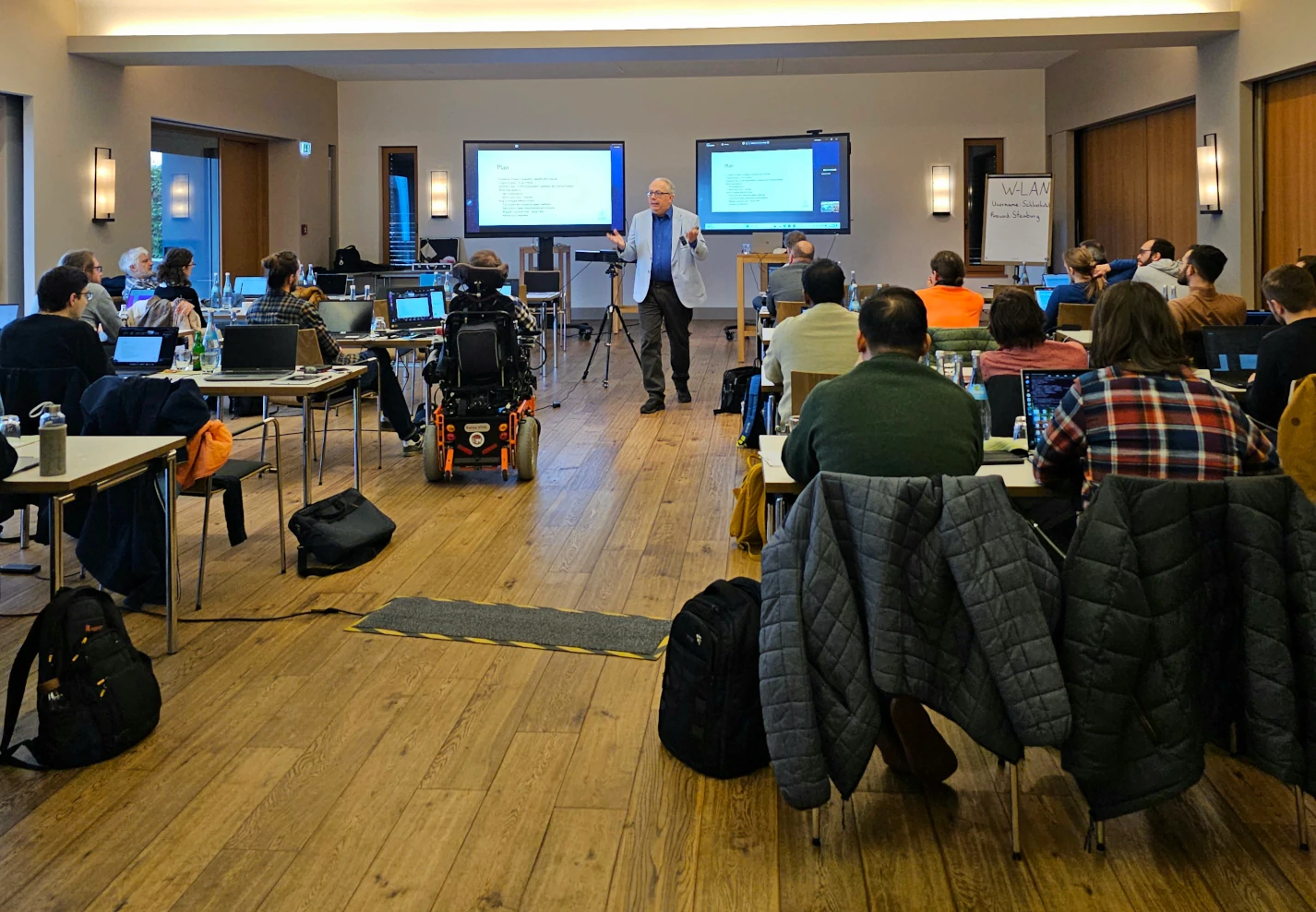
DFG Research Unit (Forschungsgruppe) FOR 5195 – Relativistic Jets in Active Galaxies
Funded by the Deutsche Forschungsgemeinschaft (DFG, German Research Foundation)
